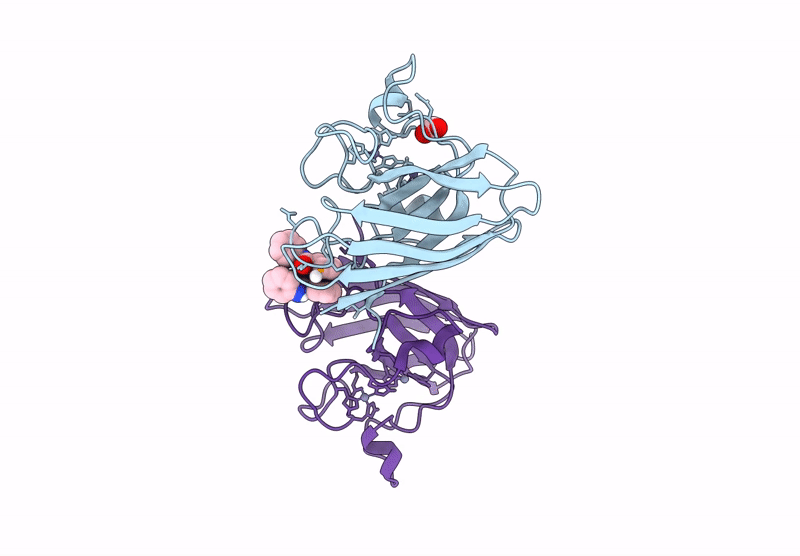
Deposition Date
2021-12-16
Release Date
2023-01-25
Last Version Date
2024-11-20
Entry Detail
PDB ID:
7T8F
Keywords:
Title:
G93A mutant of human SOD1 bound with Ebselen in P21 space group
Biological Source:
Source Organism:
Homo sapiens (Taxon ID: 9606)
Host Organism:
Method Details:
Experimental Method:
Resolution:
1.40 Å
R-Value Free:
0.22
R-Value Work:
0.20
Space Group:
P 1 21 1


